"We stumbled across this rare and rather killer footage of the fleeting moments of Mazda's RX7 Group B career on the highly entertaining Japanese Nostalgic Car blog. Listen to the sound of the RX7's high-revving rotary engine, and enjoy "

Mazda K360 – three wheeled evolution
Proof that less is more, the modern Mazda owes a huge debt to the tiny K360 truck
The Mazda K360 truck may not look very evolutionary at first glance. But look beyond the lack of wheels, and you’ll find a smartly designed tiny truck that offered reliable (and dry!) transportation to the masses. It also influenced the firm’s first mass-selling passenger car playing a massive part in the automotive powerhouse they have become today.
You see, in 1950s Japan, the country was off to a slow start when it came to building cars in this era. Most manufactured in the country were either produced by foreign companies or were simply copies of European and American cars. So if you wanted to get around and carry things on a small budget, the three-wheeled Mazda-Go was a cheap option. Introduced in 1931, the Go was essentially a motorcycle with an extra wheel and a cart on the back. With three wheels it attracted less tax, making it affordable with exposure to the elements fitted as standard.
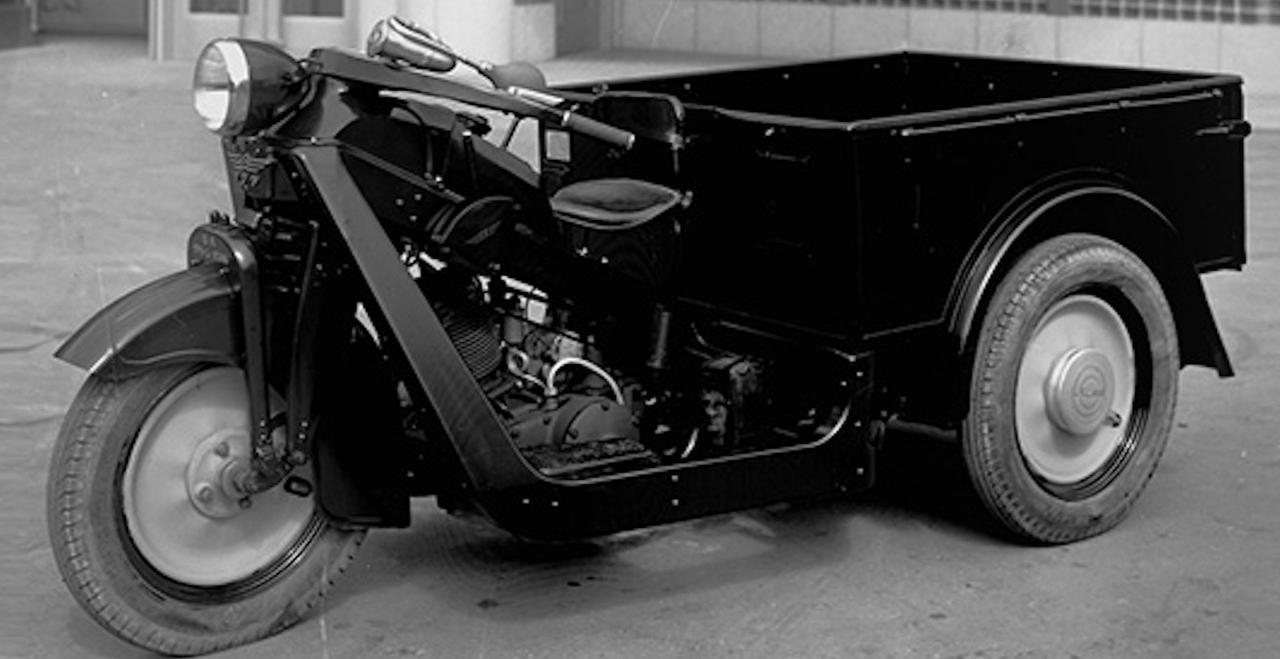
To remedy this, Mazda introduced the K360 to the Japanese market in 1959. Compared to its predecessor it had luxury features such as a roof and doors, a steering wheel rather than handlebars and it could seat two people as opposed to one.
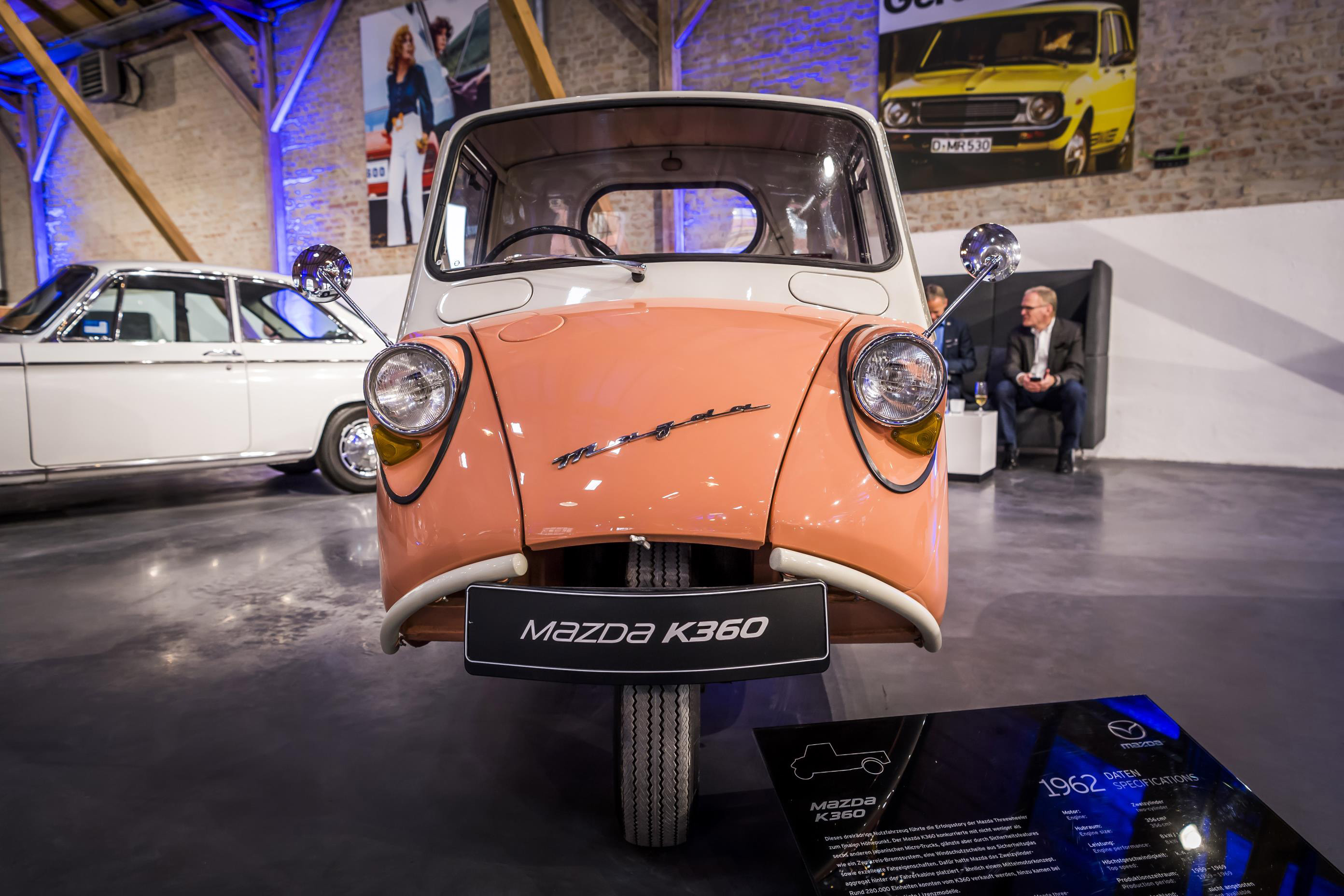
Upon its introduction, the it proved to be a massive advancement for the firm. Aside from no longer getting wet, it had an increased payload, and a flatbed to carry many things. Its design was clever too, with the three wheels situated as far out in the chassis as they could go to maximise both cabin and load space. All of the trucks mechanical components (excluding the steering) were placed under the flatbed as well. This included the 356cc air-cooled V-twin engine, which produced a mighty 11-horsepower.
The location of this engine was key, sitting low behind the cab, it gave the it poised handling. With other advanced features included air inlets cut into the rear quarter panels providing essential cooling for the engine, a safety glass windscreen, self-starting motor and sliding windows for cabin ventilation.
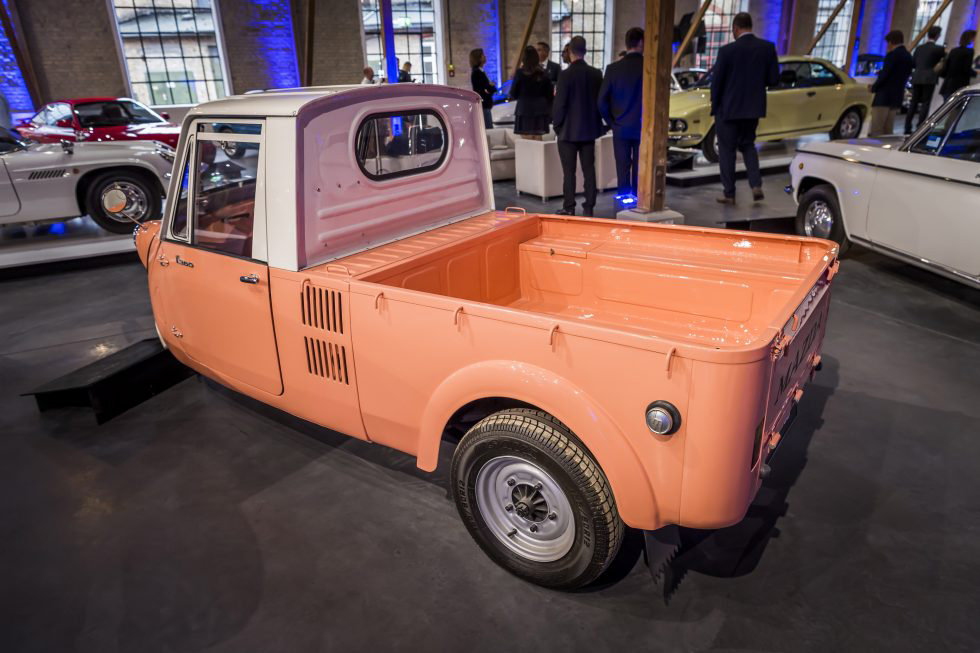
Measuring in at a shade under three metres long, 1.28 metres wide and 1.43 metres in height – the K360 weighed it at only 485kg. Top speed as you’d expect wasn’t fast with 40mph being all it could muster. The combination of these tiny dimensions and equally tiny powerplant were a perfect blend though, as this miniscule truck was ideally suited to the narrow roads of Japanese cities of the era with enough power to tackle steeper terrain when needed.
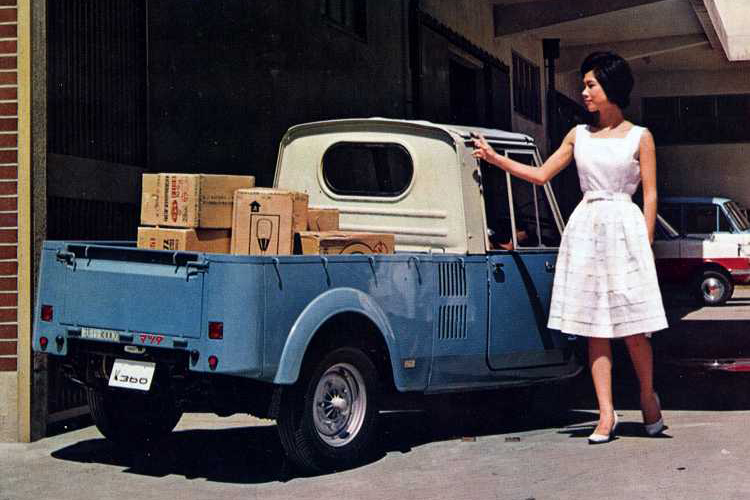
In a decade long production run, some 280,000 K360’s were sold. A significant number considering the relatively small market of the time. It was also Mazda’s smallest production truck from a line-up of six available models that competed against rival offerings from Japanese carmakers including Daihatsu and Mitsubishi.
The real benchmark of the impact made by the K360 was in 1960, just a year after its debut with the creation of Mazda’s first passenger car, the R360.
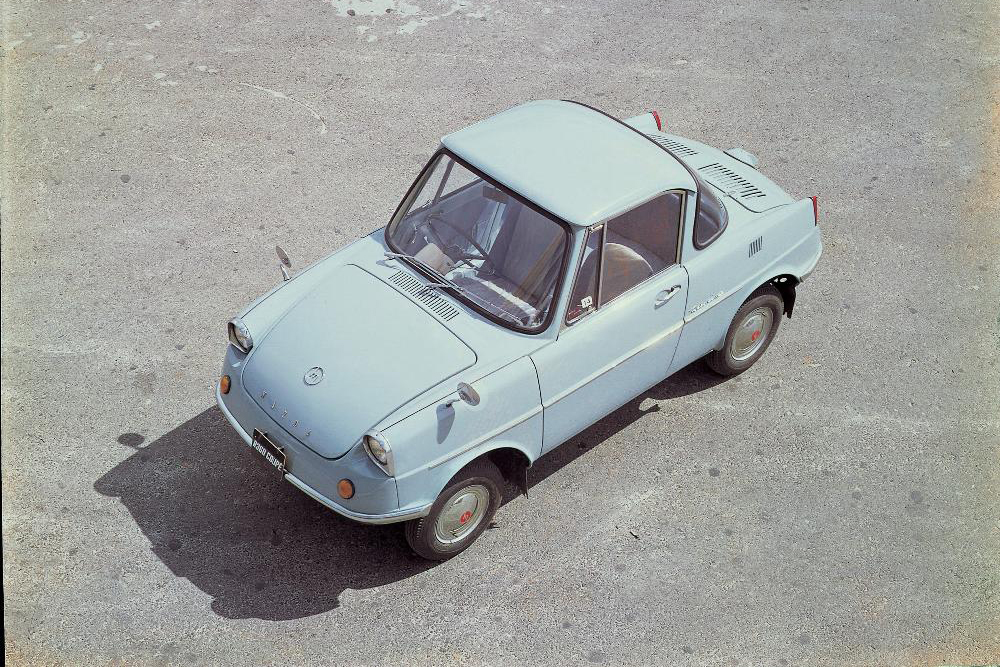
Although it had four wheels, the R360 shared the same 356cc V-twin engine as its truck sibling with an increase to 16-horsepower. It also had four seats, and a four-speed manual gearbox with a top speed of 52mph even spawning a convertible version. Within a few years of its introduction, Mazda owned the over 60 per cent of the Kei car market in Japan thanks to this model. With this boom in sales raising the fortunes of the company before launching the rotary-powered Cosmo sports car just seven years later in 1967.
If there was a defining moment in Mazda’s history, the creation, innovation and subsequent success of the tiny K360 truck could well be it. Playing a small yet pivotal role in the fledgling firm’s move into passenger cars. Which as we all know would later give rise to a long line of rotary-powered greats after the Cosmos, such as the RX-7 and RX-8 – making this tiny truck a critical building block to that future success.
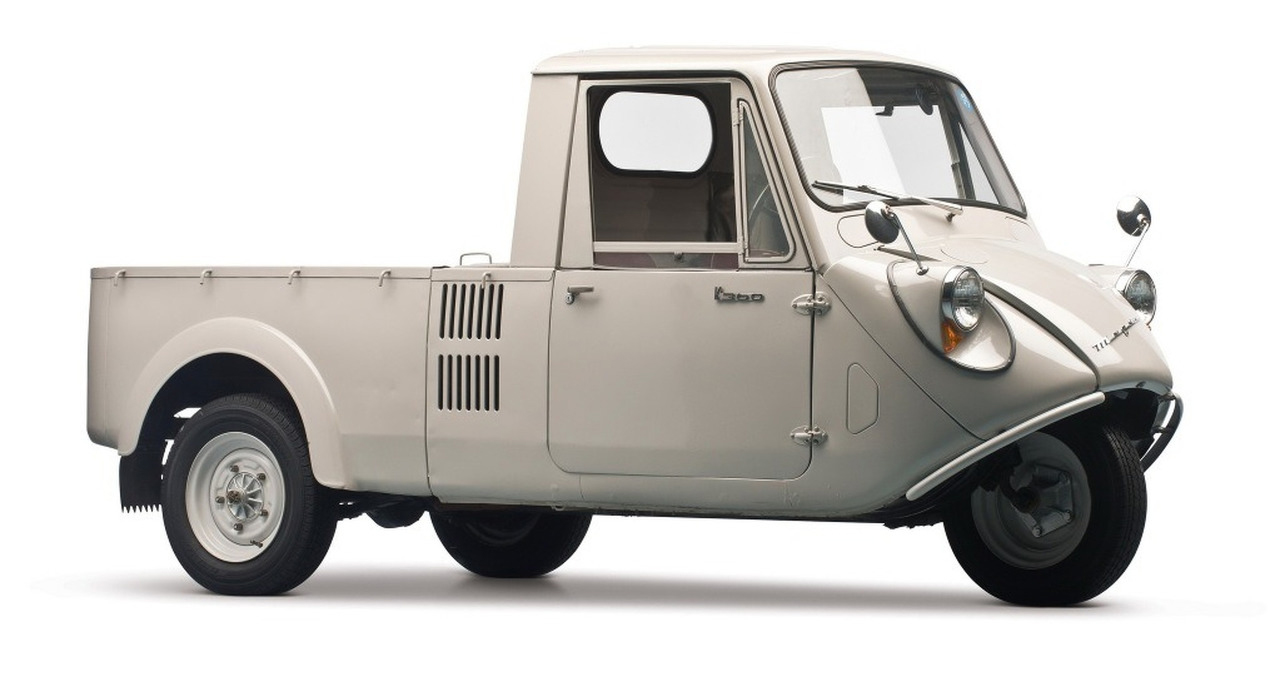
CLICK TO ENLARGE









